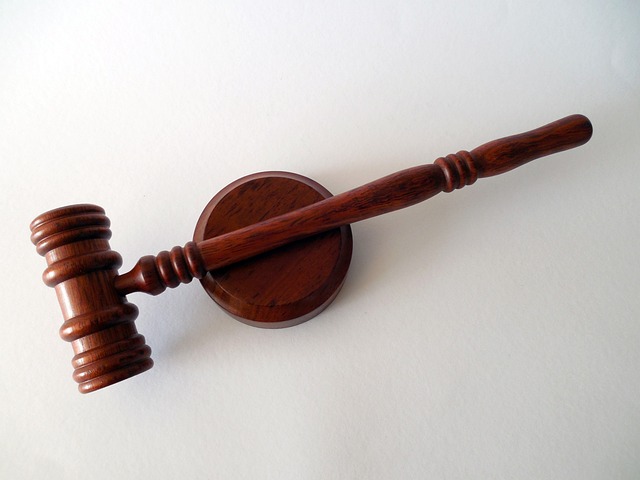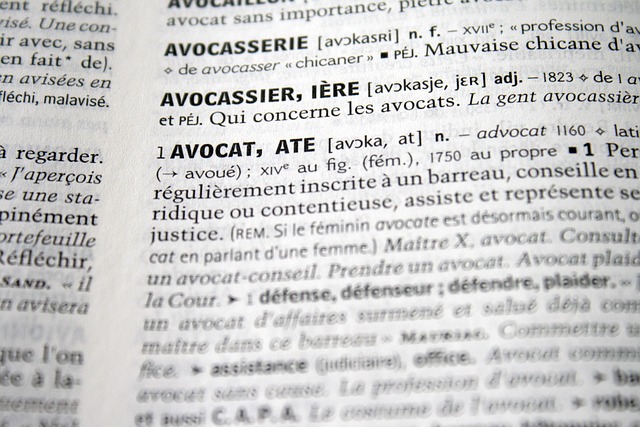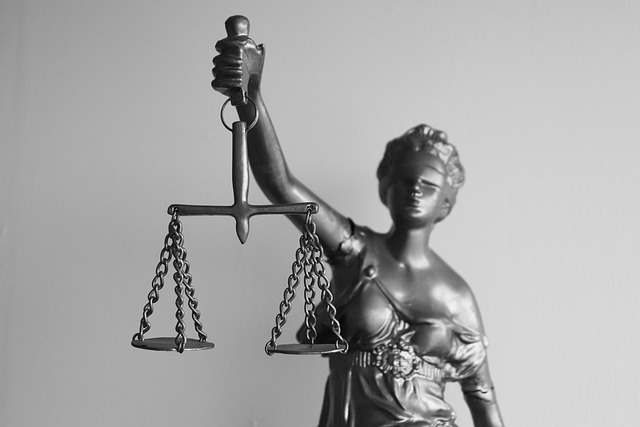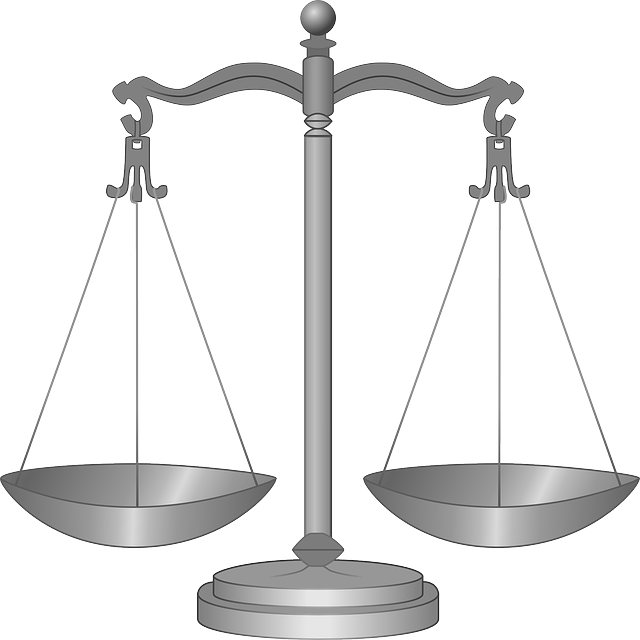Class action lawsuits empower individuals to hold large entities accountable for widespread harm, particularly in criminal law enforcement for white-collar and economic crimes. To file a successful claim, identify a common issue, unite as a class, gather evidence, consult an attorney, and prepare for potential jury trials. Strategic planning, accurate documentation, thorough investigations, and reliable evidence are key to achieving justice and significant compensation. Legal professionals guide through the complex process, ensuring timely filing and effective engagement with relevant communities.
“In the realm of criminal law enforcement, understanding class action lawsuits is pivotal for both victims seeking justice and legal professionals aiming to bring about systemic change. This comprehensive guide delves into the intricacies of these powerful legal tools, exploring ‘How to File a Class Action Lawsuit Claim’. From grasping the nuances of when and why they’re filed to navigating their complex process, this article equips readers with knowledge to ensure successful outcomes. Key considerations and common pitfalls are illuminated, offering valuable insights for those aiming to wield the potential of class action lawsuits effectively.”
- Understanding Class Action Lawsuits: When and Why They're Filed
- The Process of Filing a Successful Class Action Lawsuit
- Key Considerations and Common Pitfalls to Avoid
Understanding Class Action Lawsuits: When and Why They're Filed

Class action lawsuits are a powerful legal tool used when individuals join forces to take on larger entities or organizations responsible for causing harm on a wide scale. These cases are particularly relevant in criminal law enforcement, especially regarding high-stakes cases of white collar and economic crimes. When a group of people shares similar experiences and injuries due to a specific conduct or policy, they can file a class action lawsuit together. This collective legal strategy is efficient for addressing systemic issues and securing compensation for numerous victims.
Understanding when to file such a lawsuit is crucial. Often, this decision arises from a desire to hold accountable businesses or entities that have engaged in fraudulent activities, violated consumer rights, or caused widespread harm due to their negligence. The process involves aggregating evidence, defining the class of affected individuals, and demonstrating that the defendants’ actions meet the legal standards required for a class action. By pursuing these claims collectively, victims can achieve justice and potentially recover significant damages, which might be more challenging in individual cases. Learning how to file a class action claim is essential for those seeking redress in general criminal defense matters.
The Process of Filing a Successful Class Action Lawsuit

When considering how to file a class action lawsuit claim, it’s crucial to understand the process involves careful planning and strategic execution. The first step is to identify a common issue or injury that affects a large group of people—this could be related to consumer rights, environmental concerns, or any other matter where individuals have suffered similar harm. Once this “commonality” is established, potential plaintiffs must join together as a class, forming a unified front against the defendant(s). This process ensures that each member’s interests are represented and the case can achieve extraordinary results.
Legal experts recommend thoroughly researching existing cases and relevant laws to strengthen your claim. Gathering evidence, documenting losses, and consulting with an experienced attorney are vital steps. If settlement negotiations fail, the case may proceed to jury trials in high-stakes cases, where the collective damages could have significant financial implications. Proper preparation and a compelling argument can lead to substantial outcomes for the class, holding accountable those who have caused harm to many.
Key Considerations and Common Pitfalls to Avoid

When navigating criminal law enforcement, understanding key considerations and avoiding common pitfalls is crucial for a successful outcome, especially when contemplating a How to File Class Action Lawsuit Claim. One significant aspect to consider is the strength of evidence and the clarity of legal grounds. Accurate documentation and thorough investigations are essential throughout all stages of the investigative and enforcement process. Gathering reliable evidence, such as witness statements, forensic reports, and relevant records, strengthens your case significantly.
Additionally, being aware of potential pitfalls can prevent delays and complications. Common mistakes include inadequate understanding of legal procedures, missing deadlines for filing claims, or failing to disclose crucial information. In high-stakes cases, these errors can be detrimental. Therefore, seeking guidance from experienced legal professionals is invaluable to ensure your case navigates the complex landscape effectively and engages both the philanthropic and political communities if necessary.
Understanding class action lawsuits is crucial for anyone seeking collective justice. By knowing when and why these suits are filed, along with the process involved, individuals can make informed decisions about pursuing a claim. Navigating the complexities of a class action requires careful consideration to avoid common pitfalls. Armed with this knowledge, folks can effectively delve into this game-changer strategy for holding wrongdoers accountable and revolutionizing justice in the legal landscape. To summarize, if you’re considering a class action lawsuit, it’s important to follow a structured approach, anticipate challenges, and ultimately, seek a favorable outcome for all affected parties.






